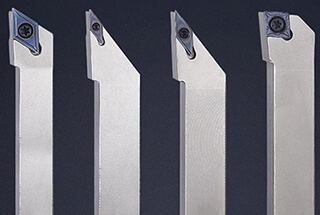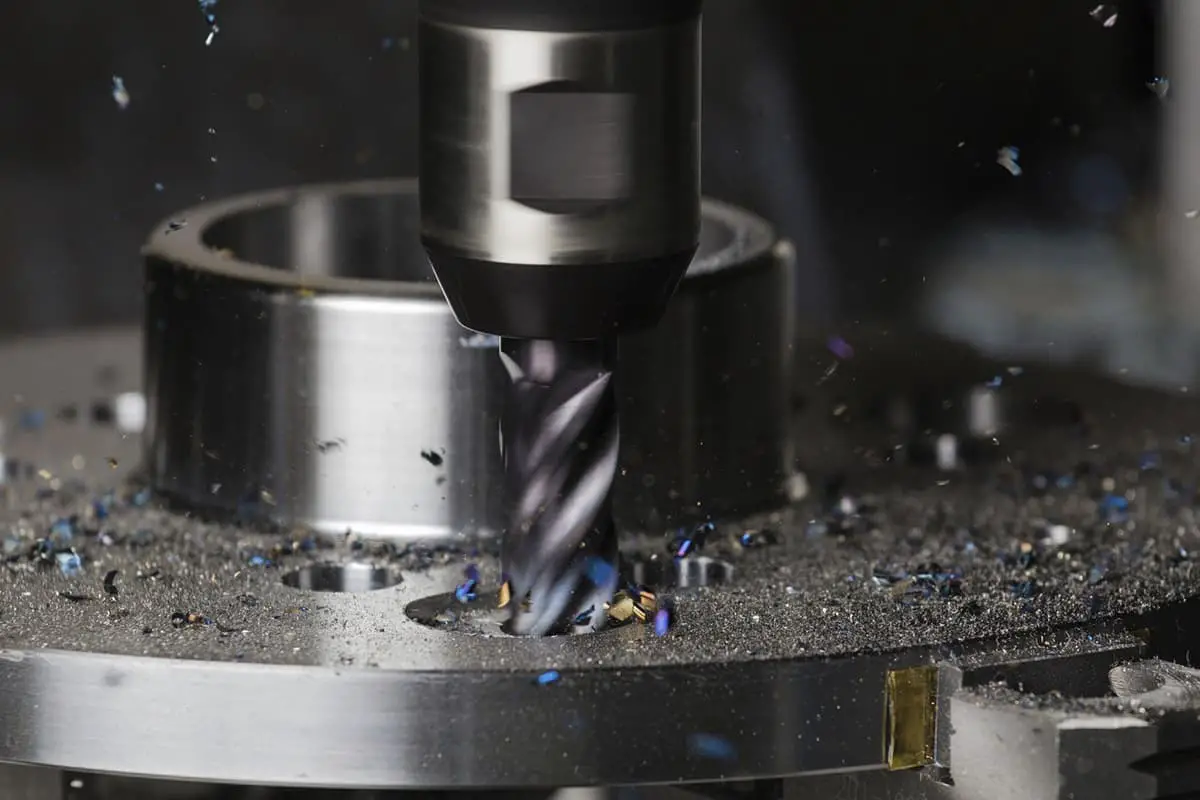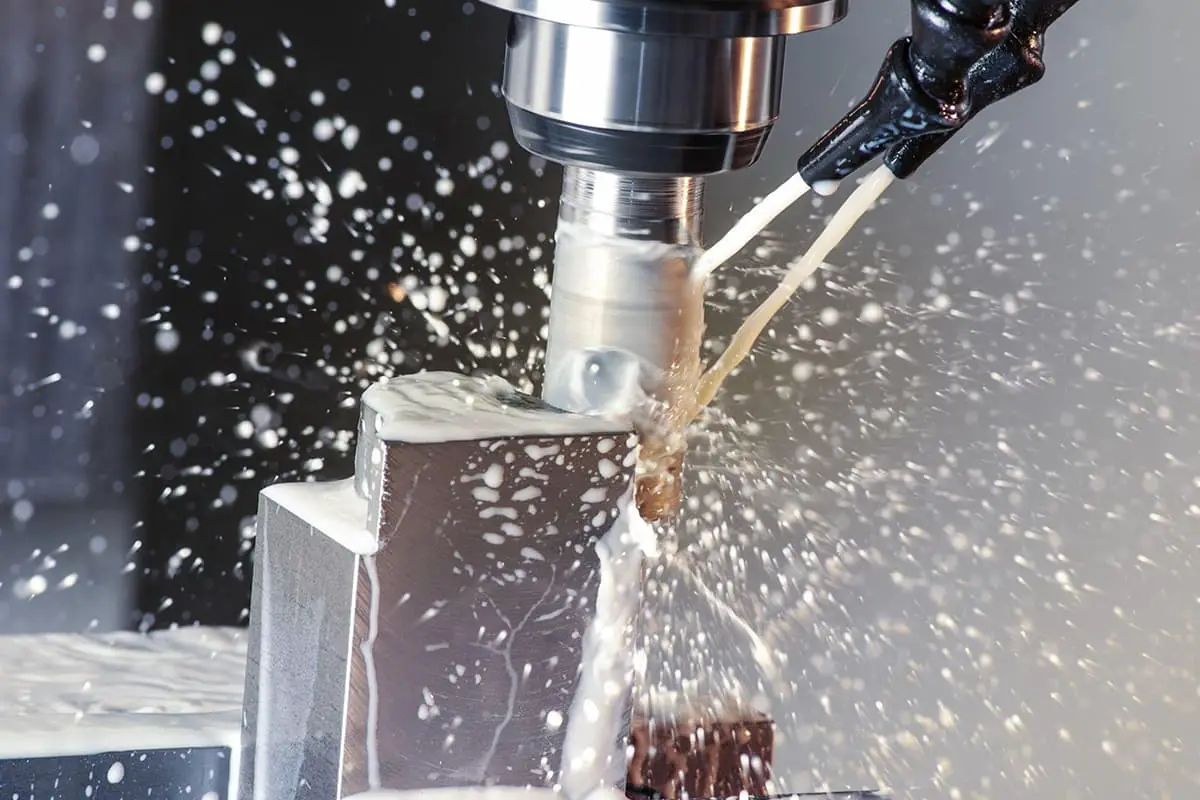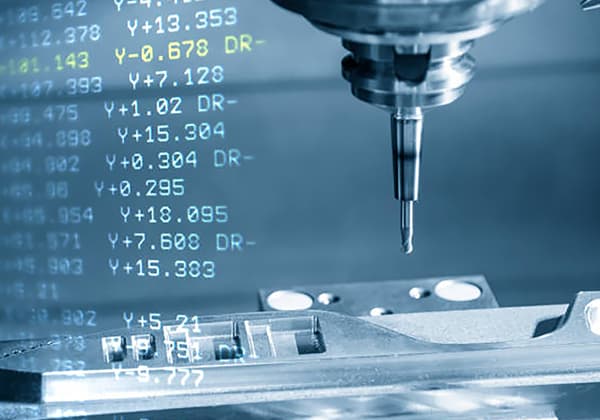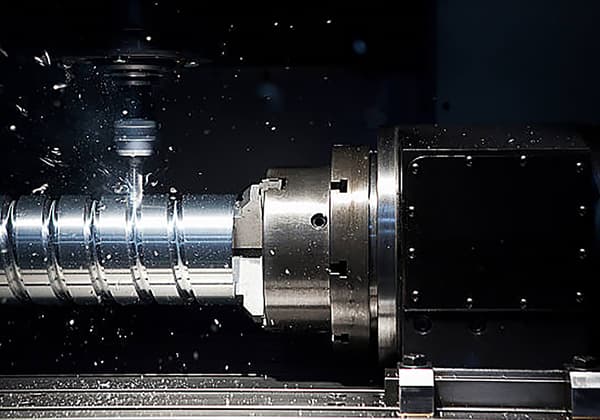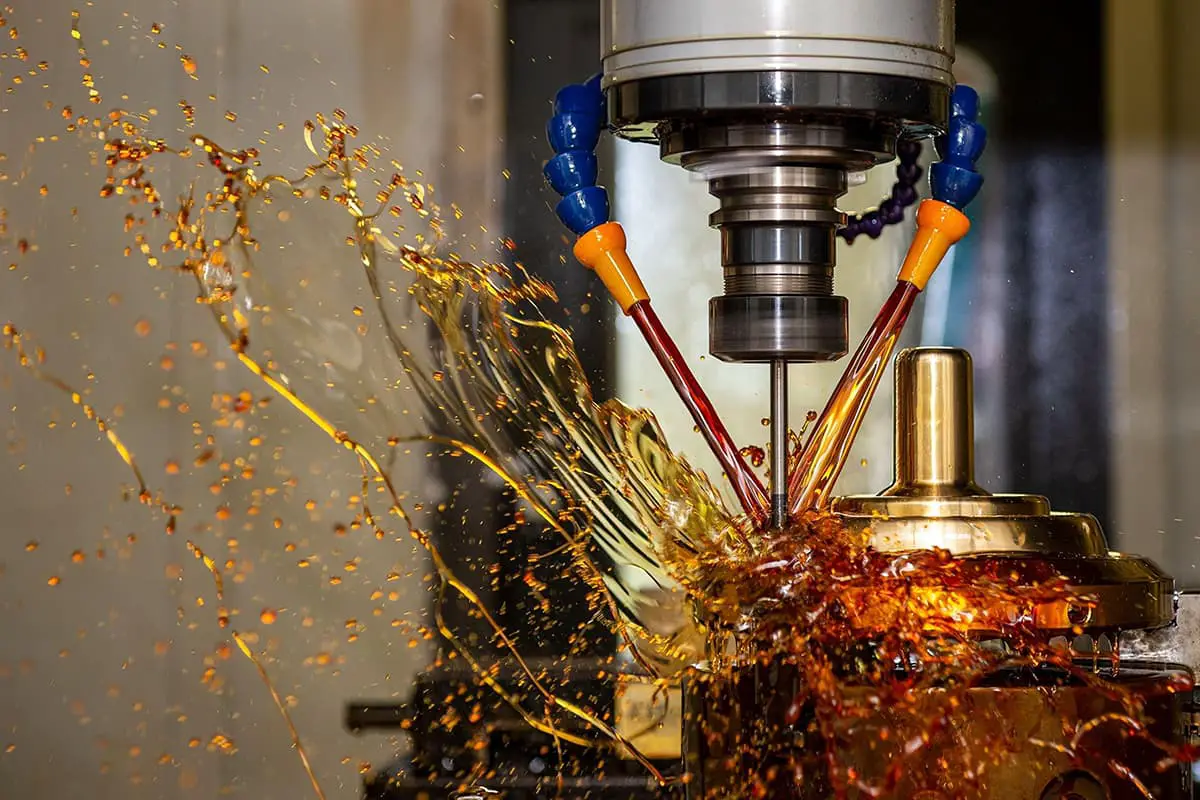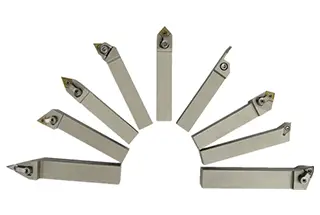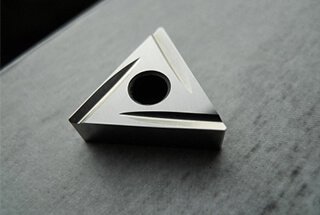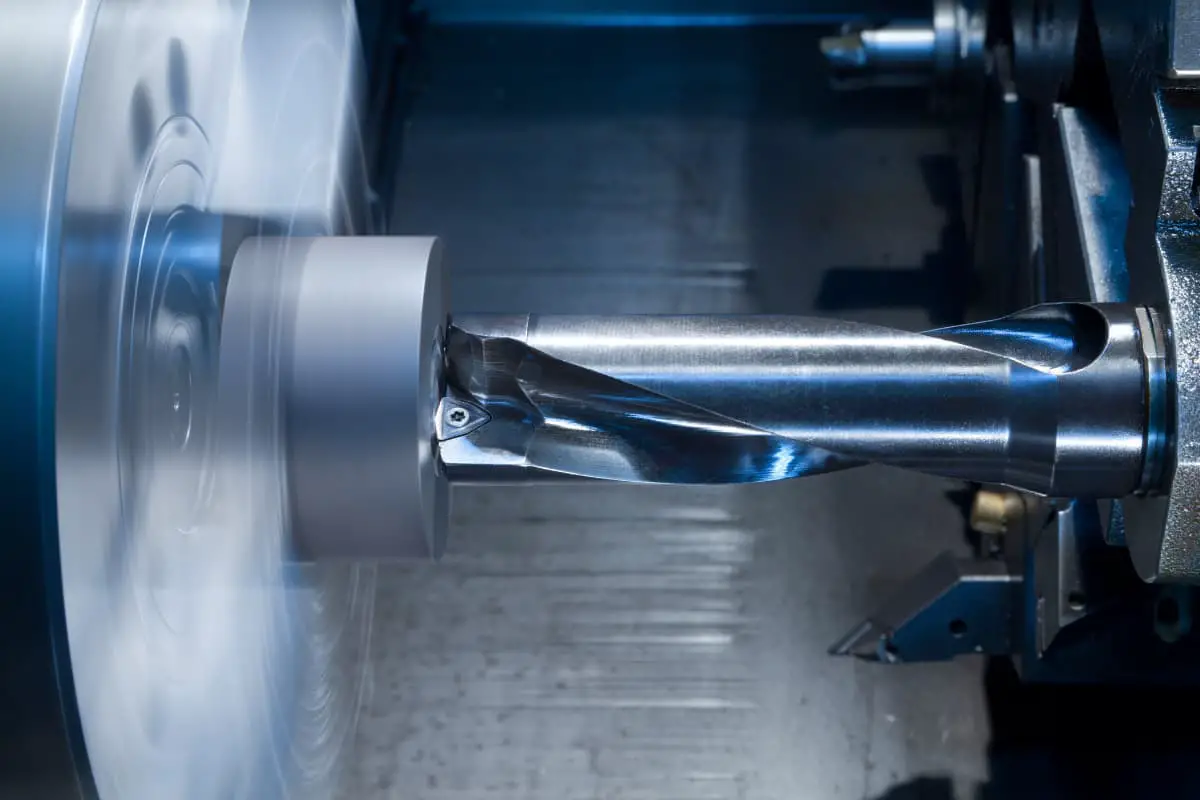
Imagine cutting metal with a precision so fine it saves time and reduces costs. High-speed cutting tools are revolutionizing manufacturing by offering this very capability. This article explores the materials used in these tools—like diamond, boron nitride, and ceramics—and their specific applications. By reading further, you’ll learn how these advanced materials enhance cutting efficiency and discover the best options for your machining needs.
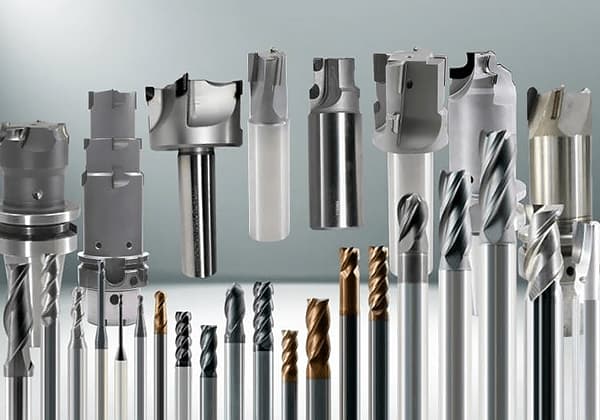
High-speed cutting technology is a new type of manufacturing technology that shortens the machining time of tools or parts through a rapid machining process, thereby reducing manufacturing costs.
High-speed cutting technology is also characterized by high precision, making it suitable for the machining of components that require high precision. By introducing high-speed cutting technology, enterprises have greatly improved their production efficiency and market competitiveness.
For high-speed cutting technology, the cutting tool is its core component and is in direct contact with the machined material during the high-speed cutting process. Therefore, the performance of the cutting tool directly affects the cutting effect.
There are many cutting tool materials suitable for high-speed cutting, such as diamond, boron nitride, hard alloy, and ceramic materials. However, each material has its own suitable application field, and with the continuous emergence of new materials, there are more and more materials that can be used for high-speed cutting tools, providing a material basis for improving cutting speed and precision.
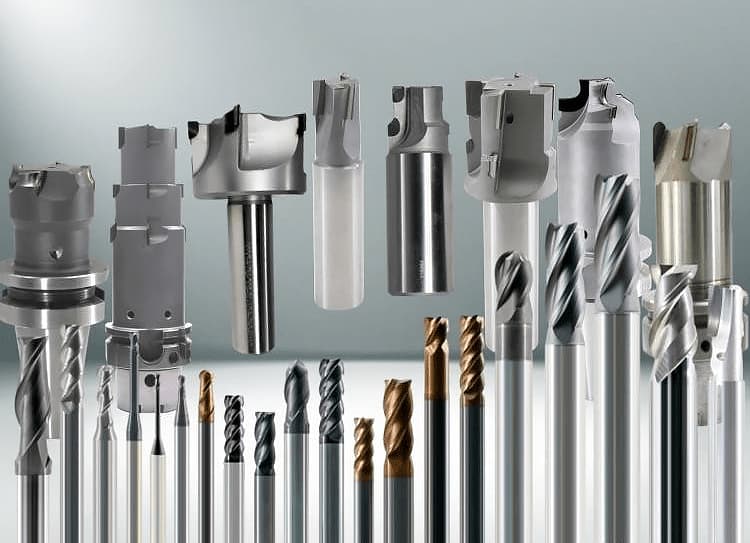
Hard alloy is an alloy material made by the powder metallurgy process of hardening compounds of refractory metals and bonding metals. It has high hardness, heat resistance, and other characteristics, and can be used for cutting materials such as cast iron, glass, ordinary stone, stainless steel, and non-ferrous metals in practice.
However, this material is no longer suitable as a standalone cutting tool material as the requirements for cutting processes continue to increase.
2.1 Hard alloy doping materials
With the development of cutting technology, single hard alloy cutting tools are inadequate in terms of hardness, wear resistance, and thermal hardness.
Therefore, people have modified hard alloys by adding materials such as nickel, cobalt, and tungsten carbide to improve their properties. Research has found that the performance of modified hard alloys in terms of hardness, oxidation resistance, wear resistance, and thermal hardness have all been improved to varying degrees.
For commonly used titanium carbide-based hard alloys, adding nitrides can greatly improve their performance. However, this material is not suitable for processing ultra-high temperature metals, high-temperature alloys, and non-ferrous metals.
2.2 Coated hard alloy materials
Due to the insufficient performance of ordinary hard alloys to meet the requirements of modern high-speed cutting, coating one or more layers of other materials with high hardness, wear resistance, good lubricity, and high melting point on the surface of hard alloy cutting tools can greatly improve their performance.
Currently, materials such as titanium carbide, alumina, diamond, and nanomaterials can be used for coating hard alloy cutting tools.
Among them, a single layer of titanium carbide coating can increase the hardness of the tool to a certain extent and increase the cutting speed. It also has a high thermal conductivity. Alumina coating has stronger oxidation resistance and wear resistance, but a lower thermal conductivity.
Therefore, in practical applications, these two materials are often combined with a third material to form a multi-layer coating, taking advantage of each material to greatly improve the cutting performance of the tool.
Diamond coating uses chemical vapor deposition to form a thin layer of diamond film on the surface of hard alloy cutting tools, giving them the properties of diamond materials. Both the hardness and stability of ordinary hard alloy cutting tools are significantly improved.
Moreover, the cost is much lower than that of diamond tools, so it has a broad application prospect, especially in cutting non-ferrous metals and fiber materials. Nanomaterial coating is a recently popularized coating technology that uses various high-performance nanomaterials to form a coating on the surface of hard alloy cutting tools.
Different combinations of nanomaterials can achieve different performance indicators, making it more flexible. It can be used in the field of high-speed cutting, but it is still in the experimental research stage and has some distance from practical applications.
Ceramic materials are considered to be an advanced cutting tool material with high hardness, good wear resistance, low affinity with metals, good chemical stability, and long service life.
Furthermore, during high-speed cutting at high temperatures, the chips can still be separated from the cutting tool effectively.
Coupled with ceramics’ excellent thermal stability, this reduces the occurrence of cutting accidents, and the machined surface roughness of the workpiece is small during the cutting process. This allows for “turning instead of grinding,” completing the work of both operations through only one process on a lathe, making it significant for simplifying the process and shortening processing time.
In practical work, commonly used ceramic cutting tool materials include alumina-based ceramics and silicon nitride ceramics.
3.1 Alumina-based ceramic materials
Alumina-based ceramics include alumina ceramics, alumina-carbide ceramics, alumina-metal ceramics, and alumina-metal-carbide ceramics.
Alumina ceramics are primarily made of alumina and have substances such as nickel oxide added to enhance their flexural strength. They exhibit good high-temperature performance and are commonly used for high-speed cutting of hard and brittle materials such as chilled cast iron and quenched steel, with high machining accuracy.
To improve their flexural strength, hardness, and toughness, a mixture of metals, carbides, nitrides, or several substances is added to alumina ceramics to form ceramic materials.
Among them, alumina-metal-carbide ceramics have the best thermal stability and highest hardness, and can be widely used in the processing of metal materials such as alloy steel, quenched and tempered steel, cast steel, nickel-chromium alloys, and non-metallic materials such as fiberglass.
3.2 Silicon nitride ceramic materials
Compared with alumina-based ceramics, silicon nitride-based ceramics have higher strength, fracture toughness, and thermal shock resistance, lower thermal expansion coefficient, Young’s modulus, and chemical stability. They are not easily bonded with cast iron and are primarily used for high-speed cutting of cast iron.
Diamonds are known for their extremely high hardness, good thermal stability, and excellent chemical stability, which make them the best material for drilling bits used in drilling tasks.
Due to their outstanding performance, they also have a wide range of applications in high-speed cutting tool materials.
In real life, diamonds that can be used as cutting tools include natural diamonds, artificially synthesized single crystal diamonds, polycrystalline diamonds, and chemical vapor deposition diamond-coated tools. Among them, diamond-coated tools have been discussed in the previous section.
Natural diamond cutting tools have the potential to become the best tools due to their excellent wear resistance and hardness. They also have extremely high processing accuracy and can be used for processing precision instruments, components, such as optical mirrors, chips, and more. However, natural diamonds are currently the most expensive type of cutting tool material.
Single crystal diamonds are diamonds synthesized artificially under certain conditions of temperature and pressure, and they are much cheaper to process than natural diamonds. They have good chemical stability, and their size and shape are easy to control, making them widely used in fields such as mechanical processing, electronic circuit boards, optical glass, and wear-resistant flooring.
Polycrystalline diamonds are materials pressed at several thousand degrees Celsius and several hundred megapascals using metal cobalt as a bonding agent. Their wear resistance is extremely high, making them ideal for processing non-ferrous metals, hard alloys, or hard non-metallic materials.
High-speed cutting technology is a magic weapon for machining enterprises to survive in the fierce market competition. By utilizing high-speed cutting technology, processing speed and accuracy can be significantly improved.
With the continuous development of high-speed cutting technology, cutting tool materials used in the process will also continue to update and change.
Therefore, it is necessary to choose suitable cutting tools that are in line with the current process characteristics and processing requirements, and keep pace with the development of science and technology.
We should constantly apply new materials and new technologies to the preparation of high-speed cutting tools, constantly improve the tool’s performance, such as higher strength, chemical stability, and hardness, and promote the rapid development of the machining industry.

